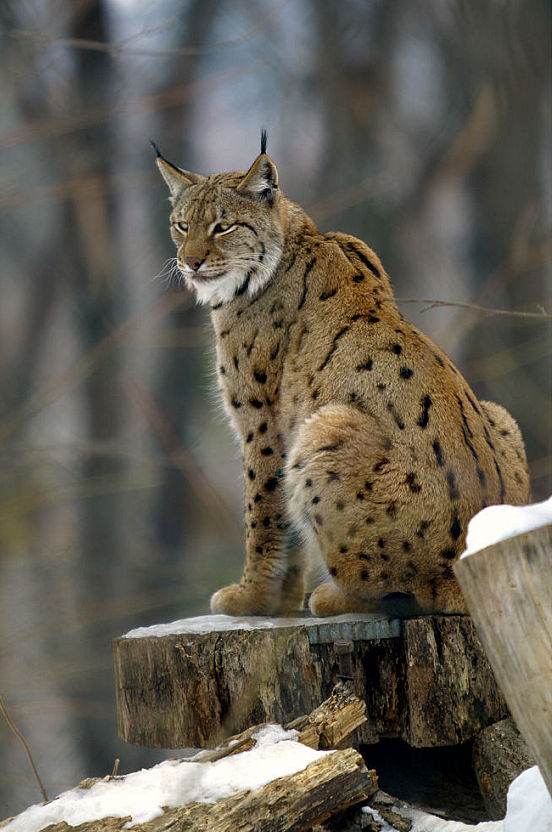Facts About Balkan lynx
The Balkan lynx, a subspecies of the Eurasian lynx, roams the forests of eastern Albania, western North Macedonia, Kosovo, and Montenegro. It is a national symbol in North Macedonia but is critically endangered, with only about 35-40 individuals in North Macedonia and 15-20 in Albania. These majestic animals face threats such as habitat destruction, illegal poaching, and their small population size.
Known for their impressive size, Balkan lynxes prefer deciduous, evergreen, mixed forests, and bushy areas in the Balkans. They have a fascinating life cycle, with the mating season extending from February to mid-April and litters usually consisting of two or three kittens. Balkan lynxes are territorial, marking their areas with gland secretions, urine, or feces. They are most active in the evening and nighttime, hunting prey such as roe deer, chamois, and brown hare.
Given their critically endangered status, conservation efforts are crucial. The Balkan Lynx Recovery Programme is a key initiative working to protect these lynxes and their habitats in Albania and North Macedonia. This program focuses on monitoring the lynx population, developing conservation strategies, and raising public awareness about their plight.
The Balkan lynx is listed as critically endangered by the IUCN and is protected under several international conservation agreements. Efforts are also being made to improve relationships between humans and large carnivores in the region to minimize conflicts.

 Montenegro
Montenegro